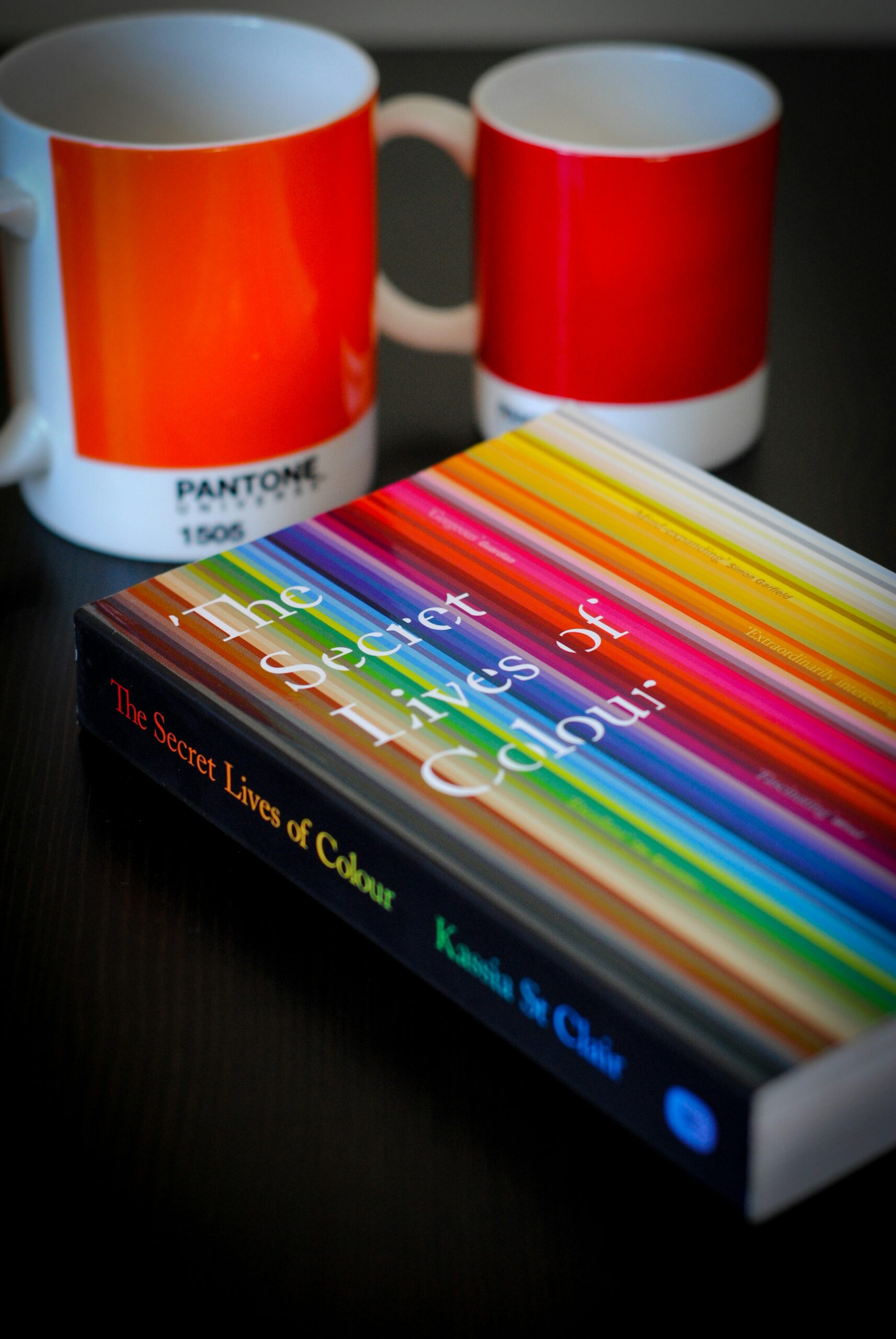In the realm of interior design, the careful coordination of patterns and textures holds the power to elevate a space from ordinary to extraordinary. When it comes to selecting rugs for your home, harmonizing these elements becomes essential, particularly in open floor plans where visual continuity reigns supreme. Here’s how to masterfully coordinate patterns and textures for a seamlessly curated interior:
If your rug features a pattern or texture, ensure that it complements other patterns and textures in the room. Avoid overwhelming the space with too many competing patterns. Instead, opt for a mix of patterns and textures that harmonize with each other. Read below few tips on how to coordinate patterns and textures when selecting your rug.
- Pattern Play: Embrace the interplay of patterns to add visual interest and depth to your space. However, in an open floor plan, it’s crucial to strike a balance between coherence and variety. Opt for rugs with complementary patterns rather than competing ones. For instance, if your living room rug features a bold geometric motif, consider selecting a rug for the adjacent dining area with a subtler pattern or a complementary motif. This strategic coordination ensures that each area maintains its distinct character while contributing to the overall cohesion of the space.
- Texture Symphony: Texture is the silent hero of interior design, imparting tactile richness and warmth to a room. In open floor plans, where different zones seamlessly flow into one another, harmonizing textures across rugs becomes paramount. Mix and match textures to create visual interest while maintaining a cohesive aesthetic. Pair a plush, high-pile rug in the lounge area with a sleek, low-profile rug in the adjoining workspace or dining area. This juxtaposition of textures not only adds dimension but also fosters a sense of unity throughout the space.
- Layering Elegance: Embrace the art of rug layering to infuse your space with added depth and dimension. In open floor plans, layering rugs can delineate distinct areas while maintaining visual continuity. Start with a larger foundational rug that anchors the room and then layer a smaller rug on top to define specific zones or seating areas. Ensure that the layered rugs complement each other in terms of pattern, texture, and color, creating a cohesive and harmonious arrangement that ties the space together seamlessly.
- Material Matters: Pay attention to the materials used in your chosen rugs to achieve a cohesive look and feel. Whether it’s sumptuous wool, luxurious silk, or durable jute, selecting rugs with complementary materials ensures consistency in texture and aesthetic appeal. Additionally, consider the practical aspects of each material, such as durability and maintenance requirements, to ensure longevity and functionality in your space.
- Visualize for Precision: Before making any final decisions, leverage visualization tools like Creez.io to preview how different rug patterns and textures will interact within your space. Experiment with various combinations to find the perfect balance of visual harmony and individuality. By visualizing your design choices beforehand, you can confidently curate a cohesive and captivating interior that reflects your unique style and personality.
In summary, coordinating patterns and textures in rug selection is a transformative art that requires careful consideration and creativity. By embracing complementary patterns, harmonizing textures, exploring layering techniques, prioritizing material cohesion, and leveraging visualization tools, you can curate a visually stunning and harmonious interior that seamlessly connects every corner of your open floor plan.
